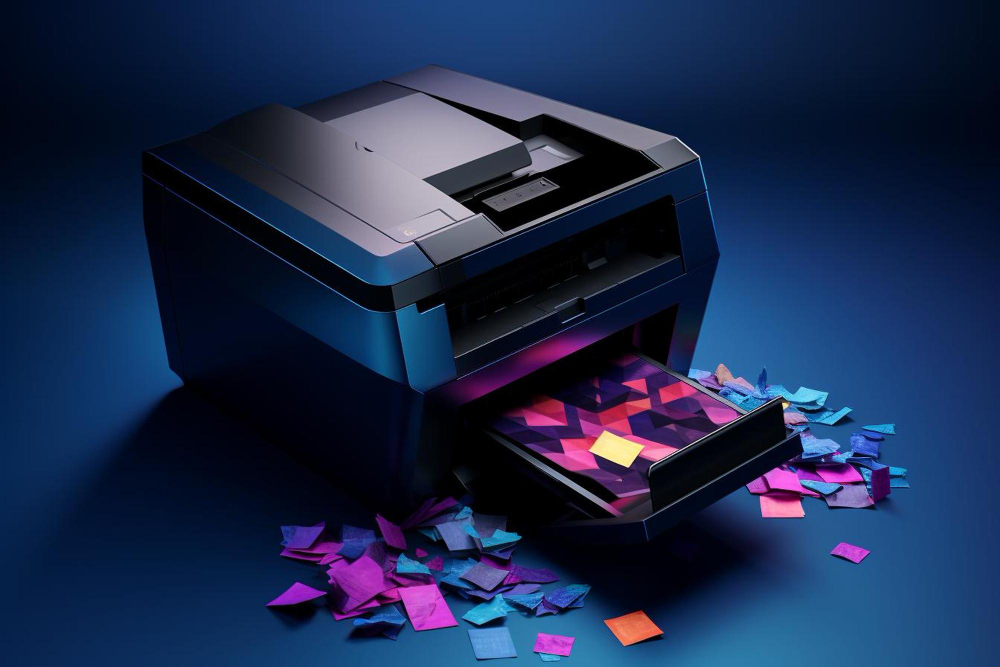Printing is a vital part of many industries, ranging from publishing and advertising to packaging and design. One of the essential processes in ensuring the quality of printed materials is the use of printing samples. These samples are test prints produced to check how a final product will look before mass production begins. This article explores the significance of printing samples, their role in quality control, and how they contribute to the success of printing projects.
What Is a Printing Sample?
A printing sample is a test version of a printed product, such as a brochure, business card, poster, or book, created before the entire print run. This sample allows clients and designers to inspect the quality of the print and make necessary adjustments before committing to a full production. It is a vital checkpoint in ensuring that the final product meets expectations in terms of color accuracy, layout, text clarity, and material quality.
Why Are Printing Samples Important?
- Color Accuracy and Consistency Printing samples help ensure that the colors used in the design are accurately represented on the printed material. This is particularly important for branding, where precise color reproduction is critical. Colors can appear differently on various screens and print materials, so testing a sample allows designers to see how colors will look in reality. Adjustments can be made to color saturation, brightness, or contrast based on the sample to ensure consistency across all printed pieces.
- Layout and Alignment A printing sample allows for a final check of the layout and design elements. Sometimes, what looks perfect on a computer screen may not translate as well in print. Issues such as misaligned text, poor image placement, or uneven margins may only become apparent in a printed format. A sample gives designers a chance to make any necessary adjustments to spacing and alignment, preventing costly errors during mass production.
- Material and Paper Quality The feel and texture of the printed product are essential for the overall presentation, especially in marketing materials like business cards, invitations, and brochures. Printing samples help assess the quality of the paper or material being used, ensuring it aligns with the desired look and feel of the project. This can include checking the thickness (gsm), glossiness, or matte finish of the paper and how the ink interacts with the material.
- Text Clarity and Readability Another critical aspect of checking a printing sample is ensuring that the text is clear and legible. Font sizes, styles, and colors can sometimes appear differently in print compared to digital screens. A sample print can reveal whether certain text elements are too small, too light, or poorly aligned. This step is particularly important for documents with a large amount of text, such as brochures, manuals, or books.
- Cost Efficiency By producing a sample before the full print run, companies can identify and correct mistakes early on. Catching errors in the sample stage can save time and money, as reprinting a large quantity of flawed products can be expensive. Even minor errors, if left unchecked, can result in wasted resources and delays in project timelines. A sample ensures that the client is fully satisfied before committing to larger production costs.
Types of Printing Samples
There are several types of printing samples, depending on the specific needs of a project. These can vary in complexity and cost but generally fall into two categories:
- Digital Proofs Digital proofs are the most basic form of printing samples and are typically used in the early stages of design. These proofs give a general idea of how the final product will look but are produced using a digital printer rather than the actual printing press. While they may not fully capture the exact colors or paper quality, digital proofs are useful for quick checks on layout and text accuracy.
- Press Proofs Press proofs are more accurate and are created using the actual materials and processes that will be used in the final production. This includes the specific type of ink, paper, and printing technique. Press proofs are more expensive than digital proofs, but they offer a precise representation of the final product, making them essential for high-stakes projects like magazine prints, packaging, or marketing materials for premium brands.

